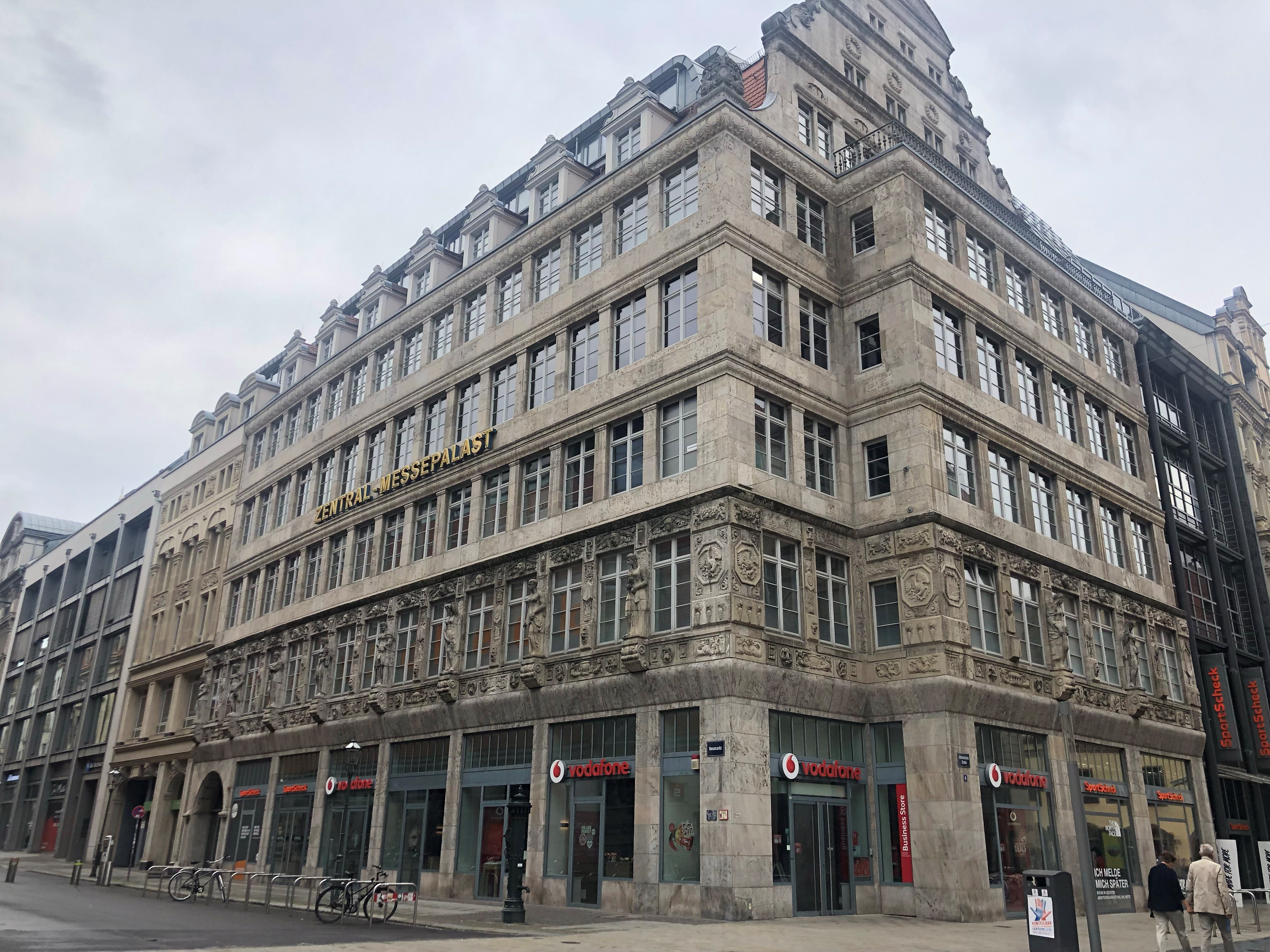Last year at this time, I had done quite a few blogs on the Berlin Wall because it was the 30 years since the wall fell. I’m going to redo one of these blogs about a section of the wall with the word MADNESS written on it – with an exciting update!!
Originally Written on October 20, 2019
I am endlessly fascinated by the graffiti on the wall. It captures the essence of the 1980s and while a majority of the wall and graffiti are gone for good, the images from the 1980s have captured and preserved the essence of that raw, youthful energy forever. This was art on the streets being used as protest. It was the voice of a generation that used the wall as a canvas to reduce some of its horror and make it less threatening. In the words of Thierry Noir, who is the first artist to illegally paint large sections of the Berlin Wall, painting the wall, “subverted this iconic symbol of war into a symbol of hope, granting it real human significance.”

One of the remaining sections of the wall has the word MADNESS written in large black letters. It remains to this day in Berlin in the Topographie des Terrors Center and is visited by the millions of people that go to Berlin annually. It would appear to have been done by someone protesting the madness that was the Berlin Wall.
However, it turns out the graffiti was done by a member of the British Rock Band called Madness when they visited the wall in the early 80s. In his twitter feed, Dan Woody Woodgate (one of the band members) writes that in 1980 another band member, Graham Suggs McPherson, climbed on top of a van and wrote MADNESS on the Berlin Wall, which is the same one that exists today. I was thrilled to see the origin of this fascinating and meaningful word that remains to this day. While most people that see the remaining graffiti naturally conclude that it was a teenager’s commentary on what was going on with the wall and the East German regime, it was actually a band member of a popular 1980s band writing his group’s name on the wall.

In another fascinating find, as I was scouring Instagram for images of the wall, I actually found this word written on the wall from a 1980s image. What an interesting coincidence – first I found the origin of the word, and then I found an image of what appears to be the same writing from the 1980s. What do you think? Is it the same writing or another one?

I want it to be the same, but I see the differences in placement and letter sizes. So maybe not the exact same writing but still an interesting find.
EXCITING UPDATE
A couple of weeks back I received the following image from the owner of the blog www.madnessontv.com, with a note that the graffiti in the second image was definitely done by the band, as proved by this image:

Madness were in Berlin in January 1980, and appeared on German TV “Musikladen” on January 10, 1980, and then on another TV show on January 17, 1980. Two of the bandmembers were active in the London graffiti scene before they joined the band. A great big thank you to madnesstv.com for sharing this picture with me!!
(Sources: madnesstv.com, concerts.fandom.com)


















































